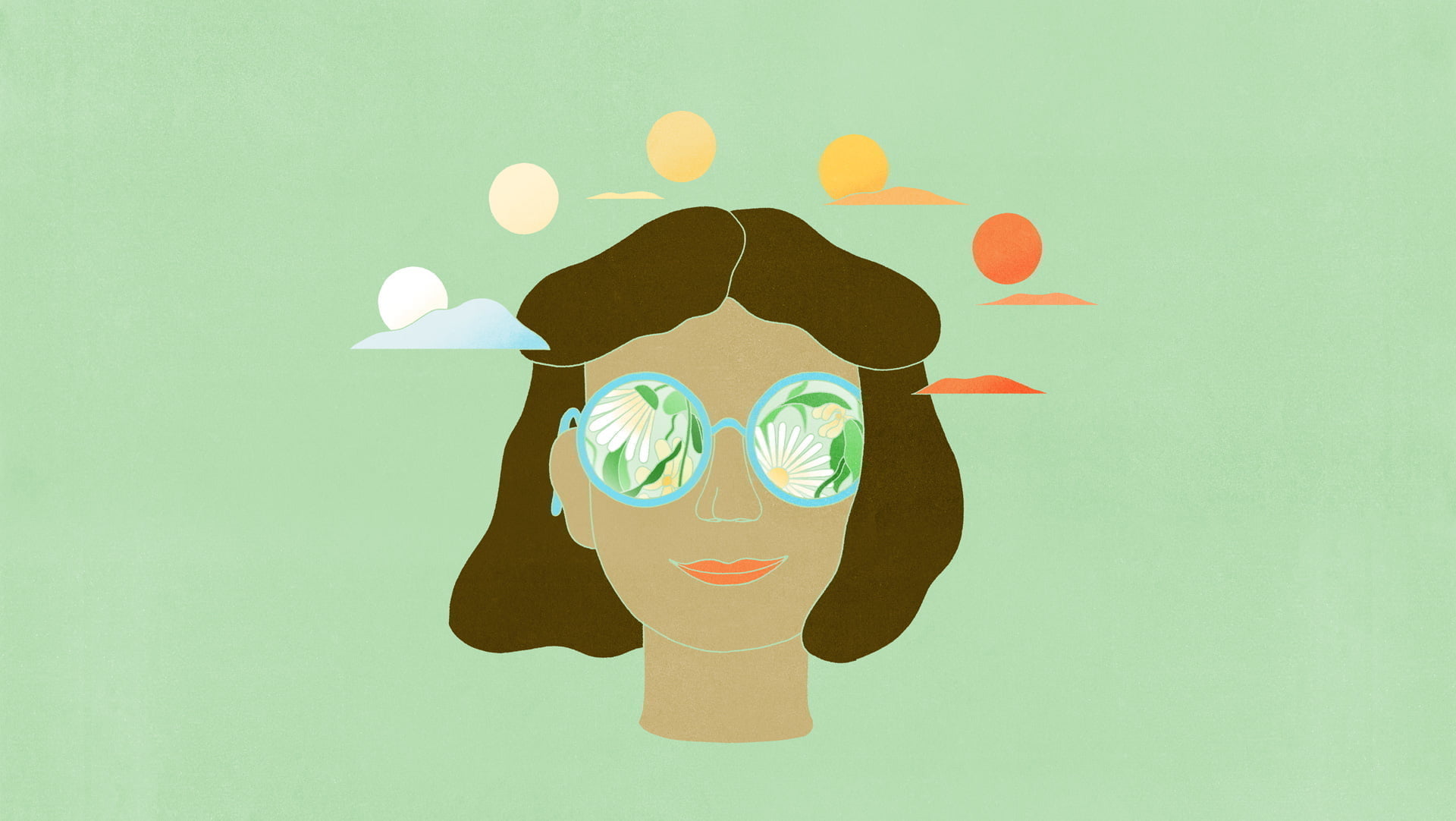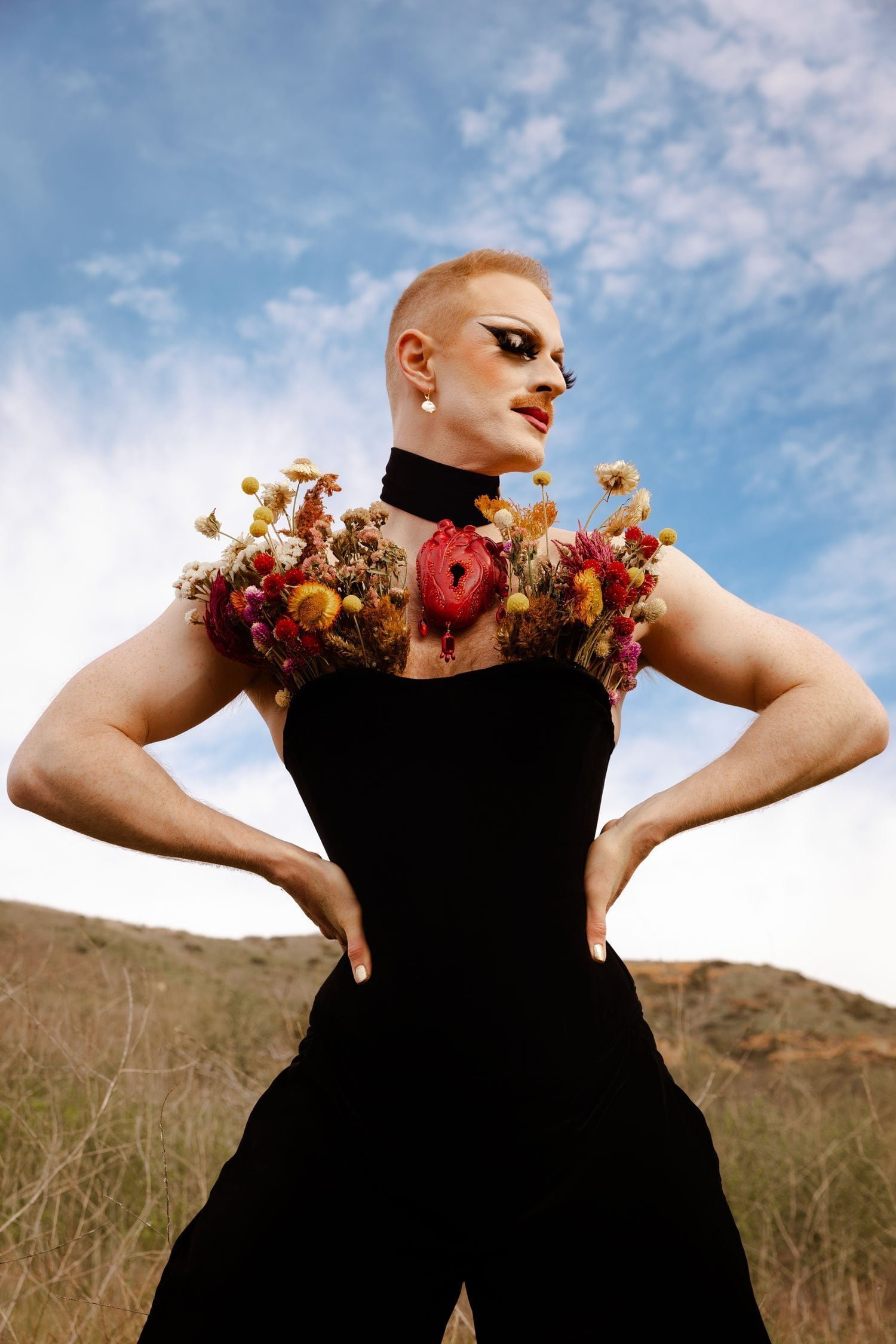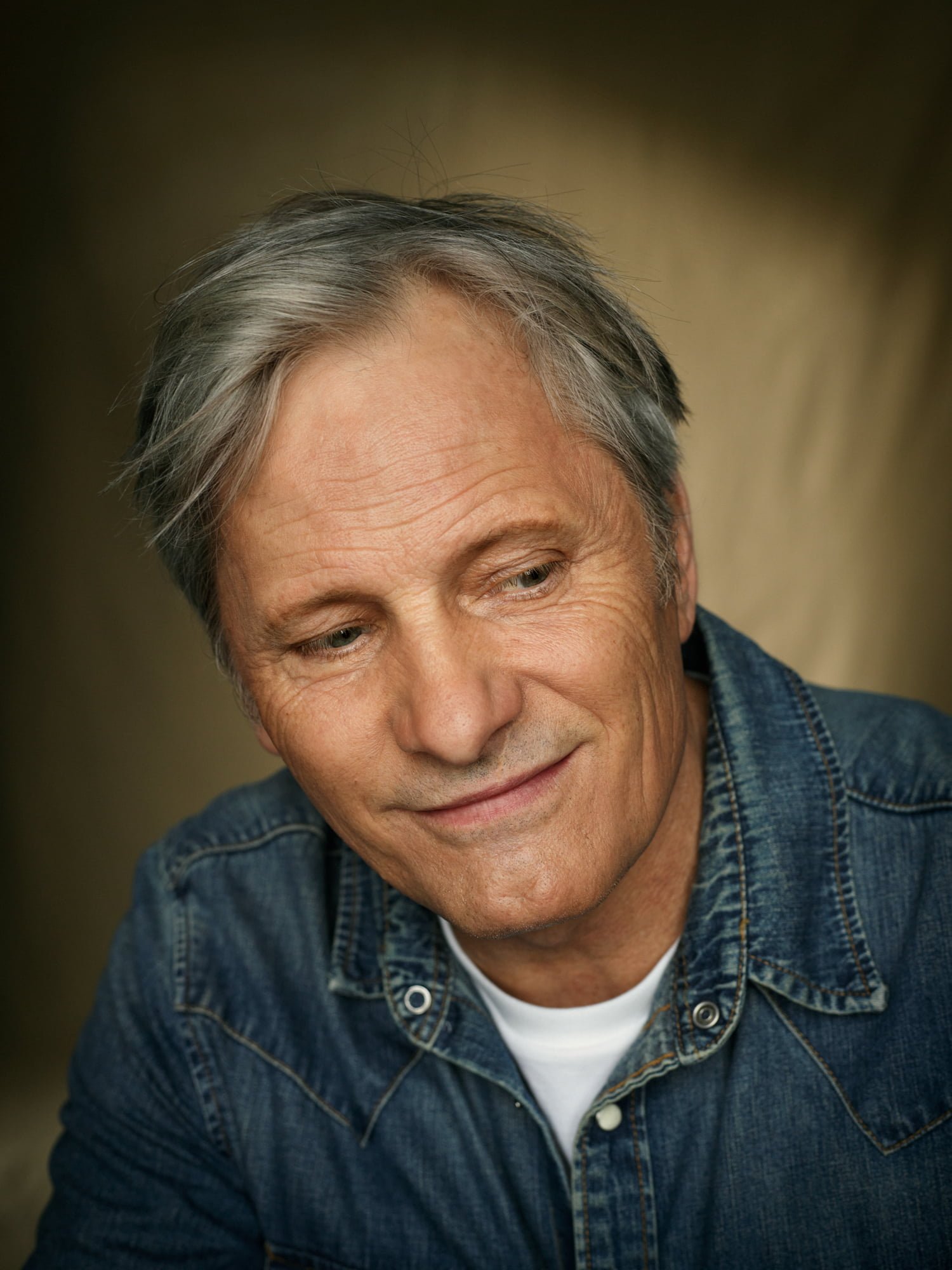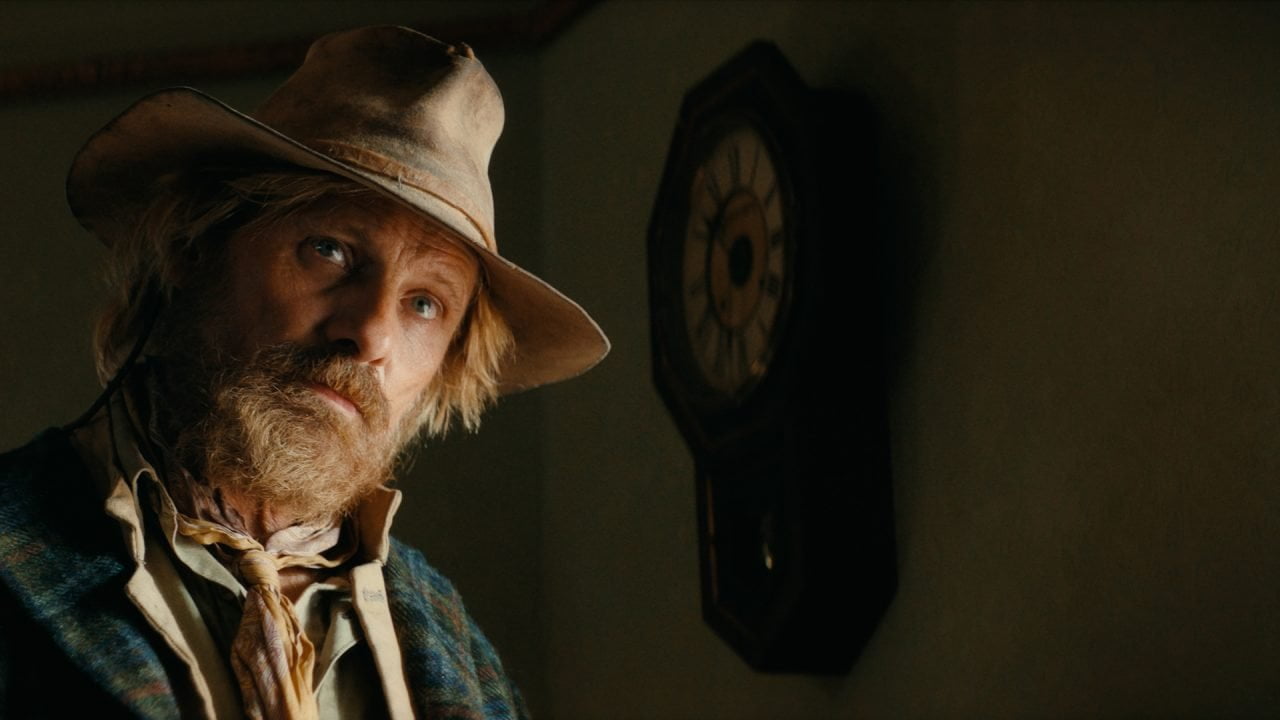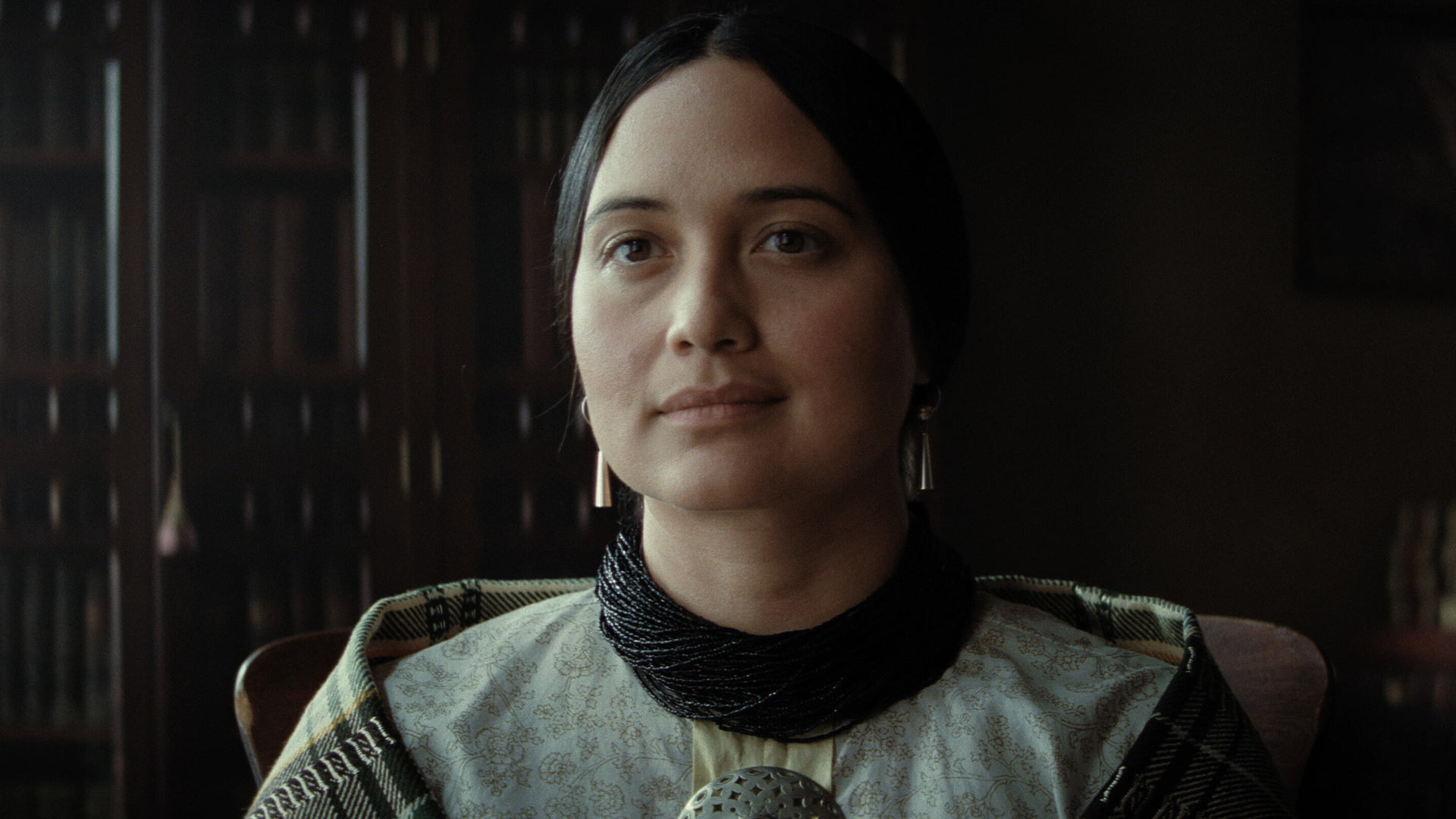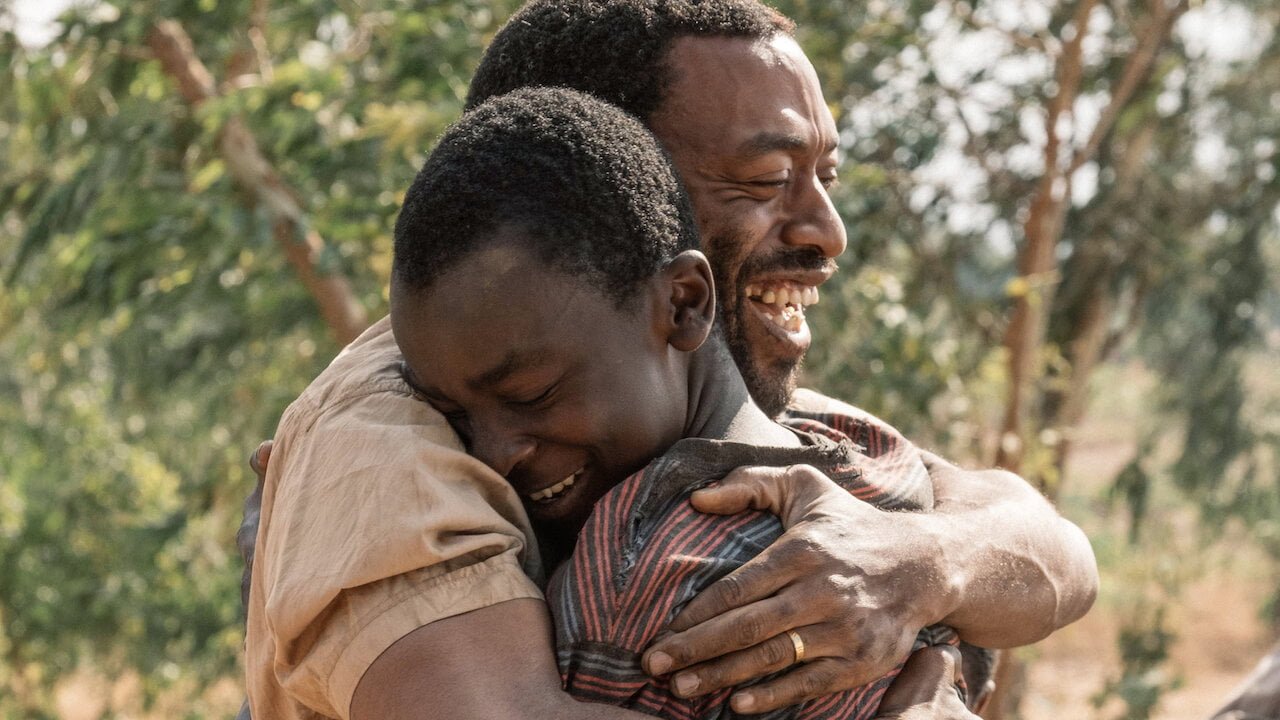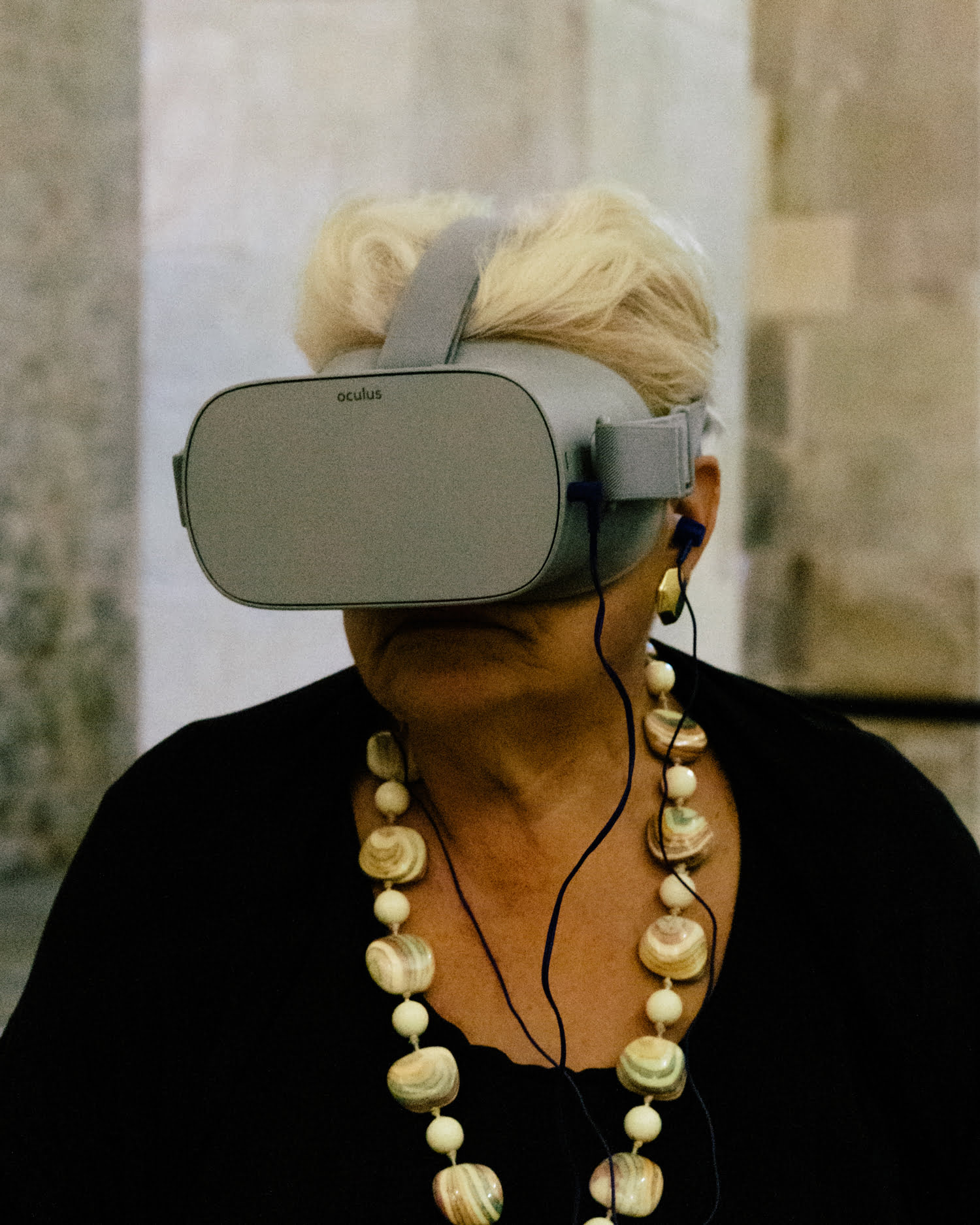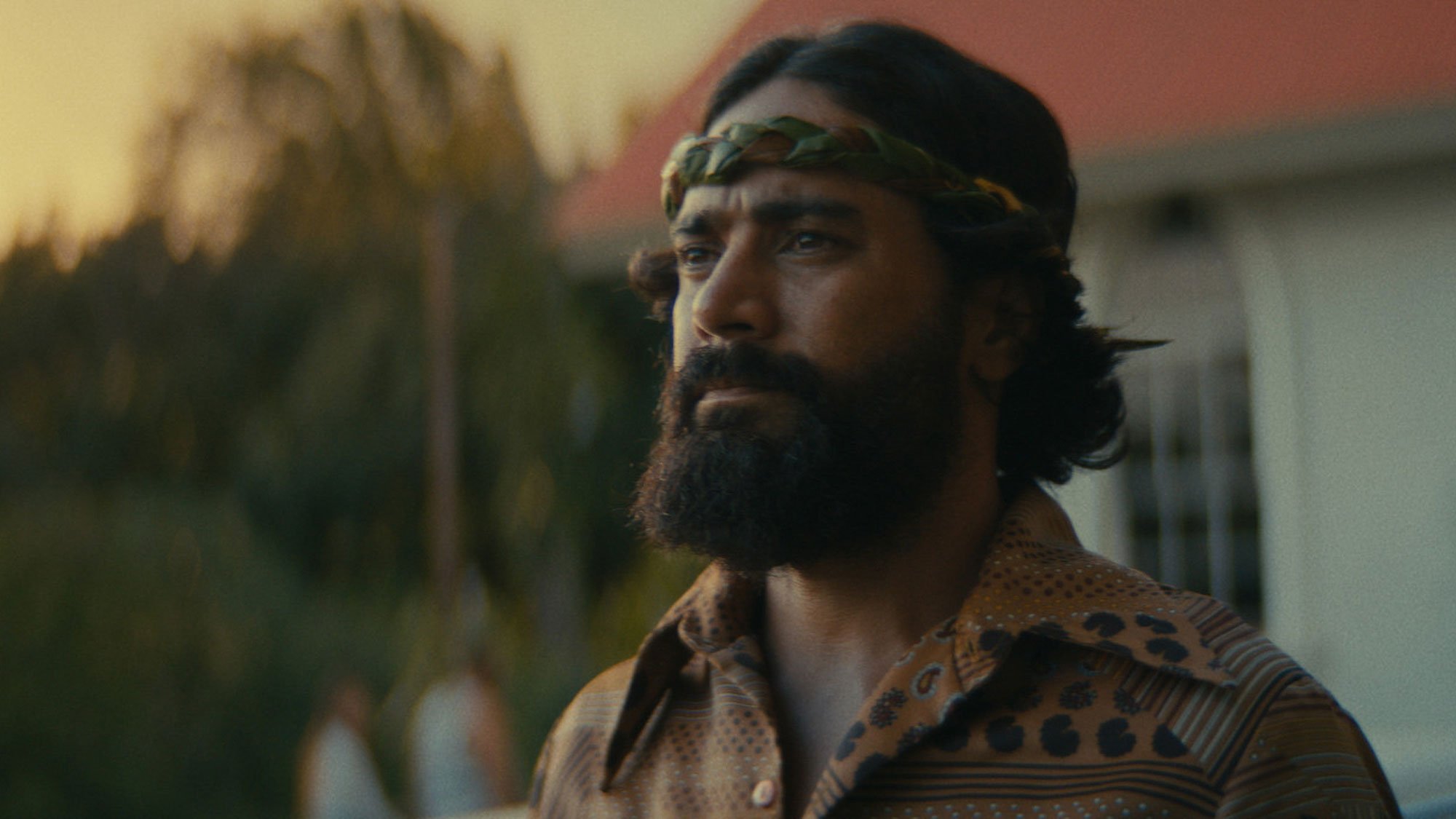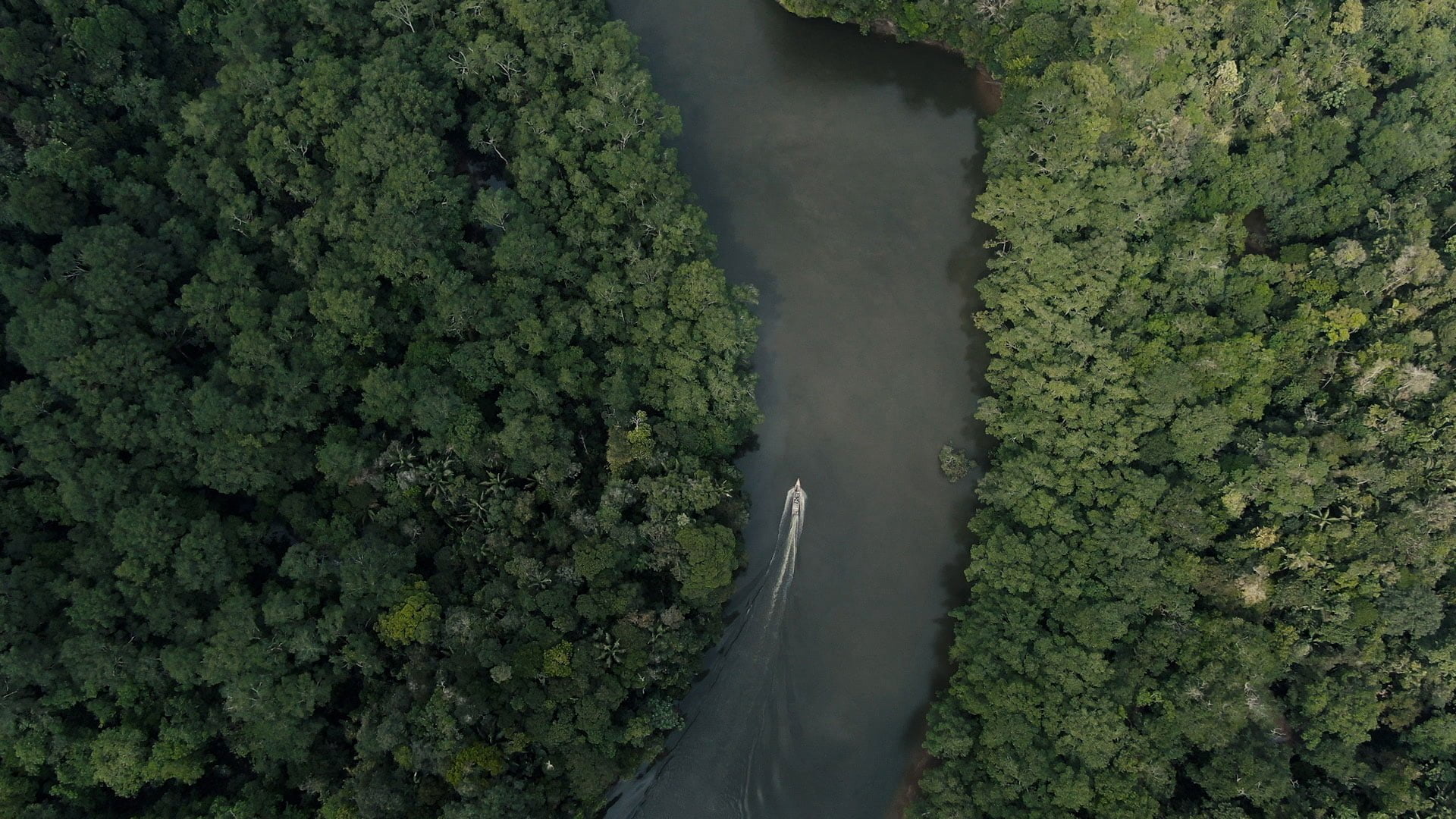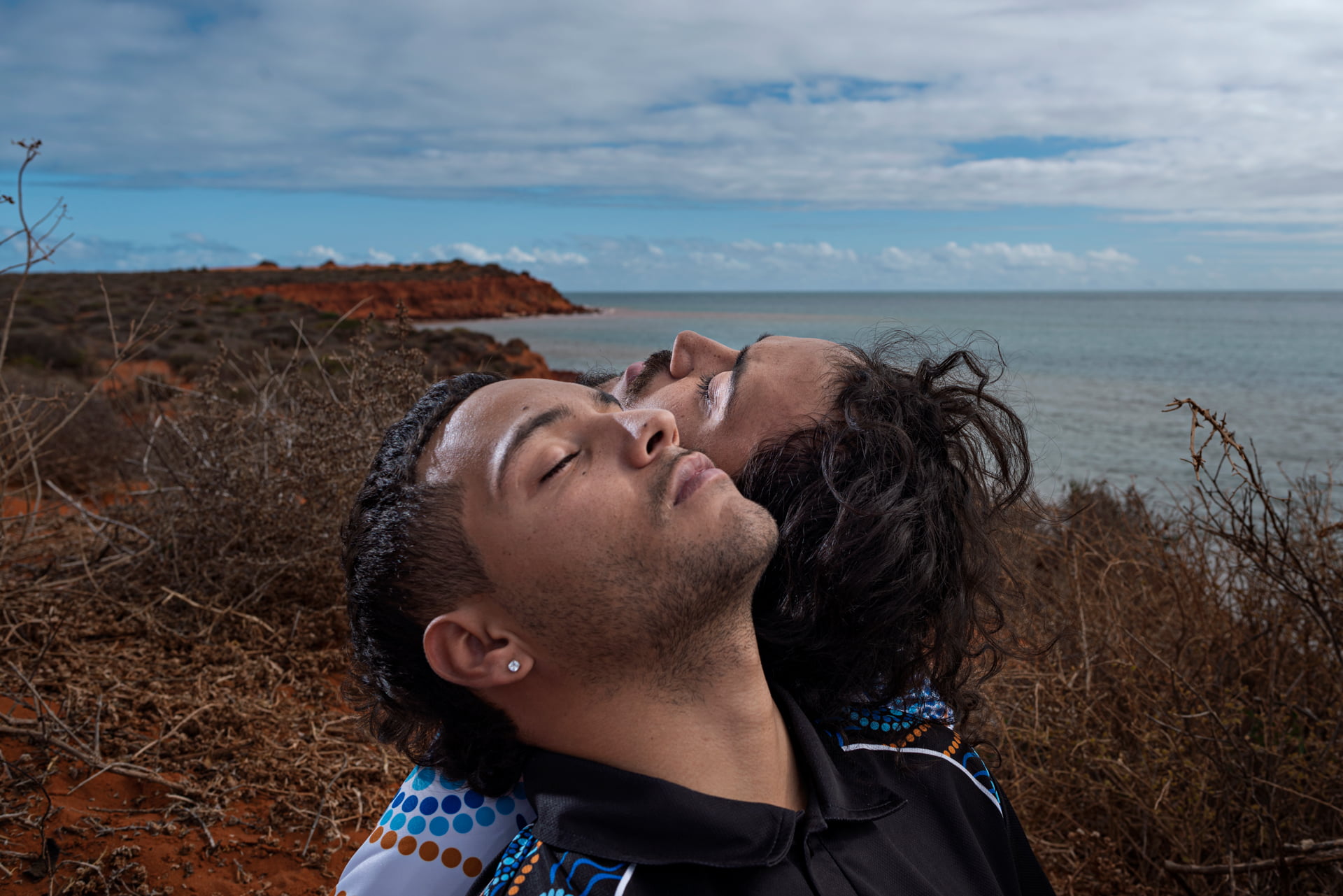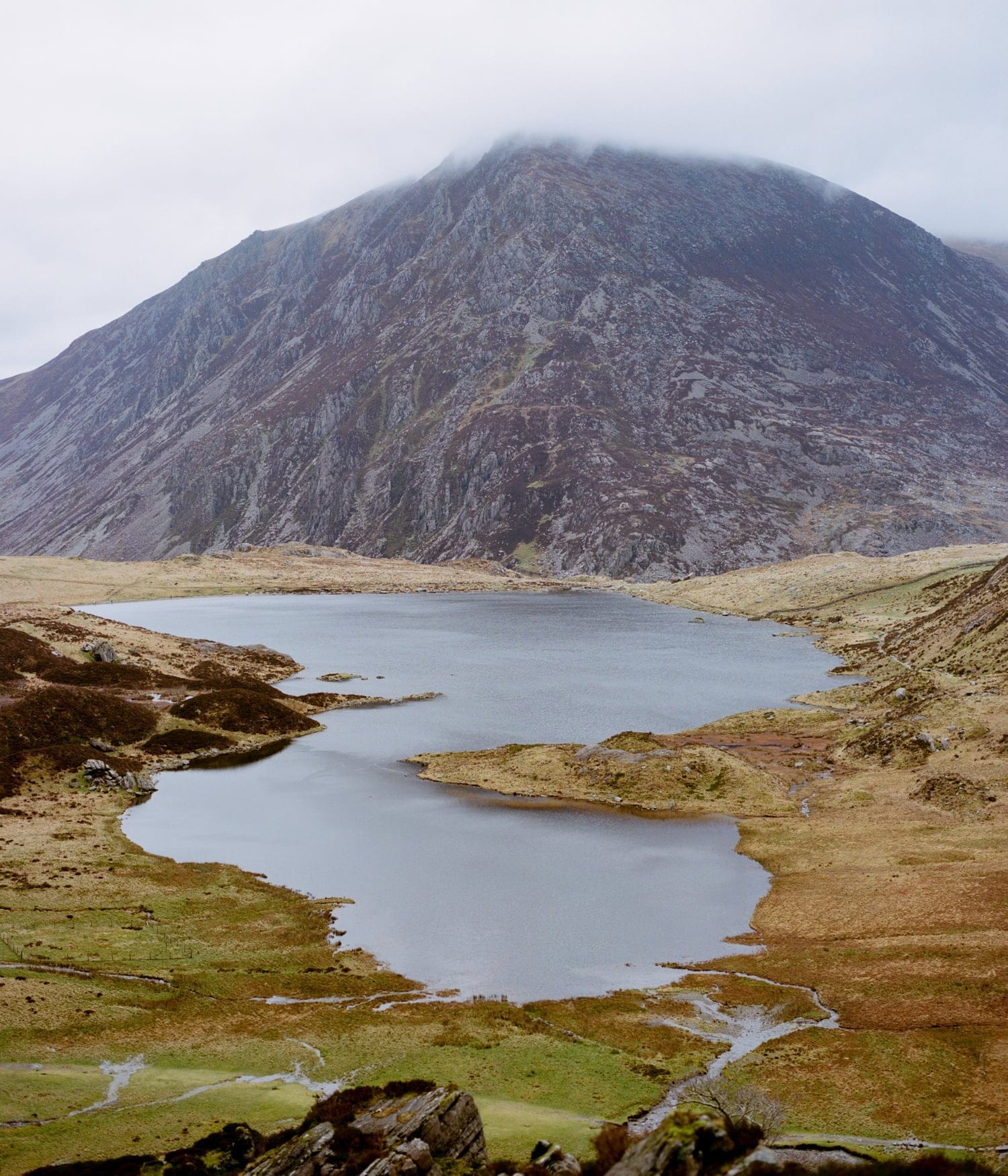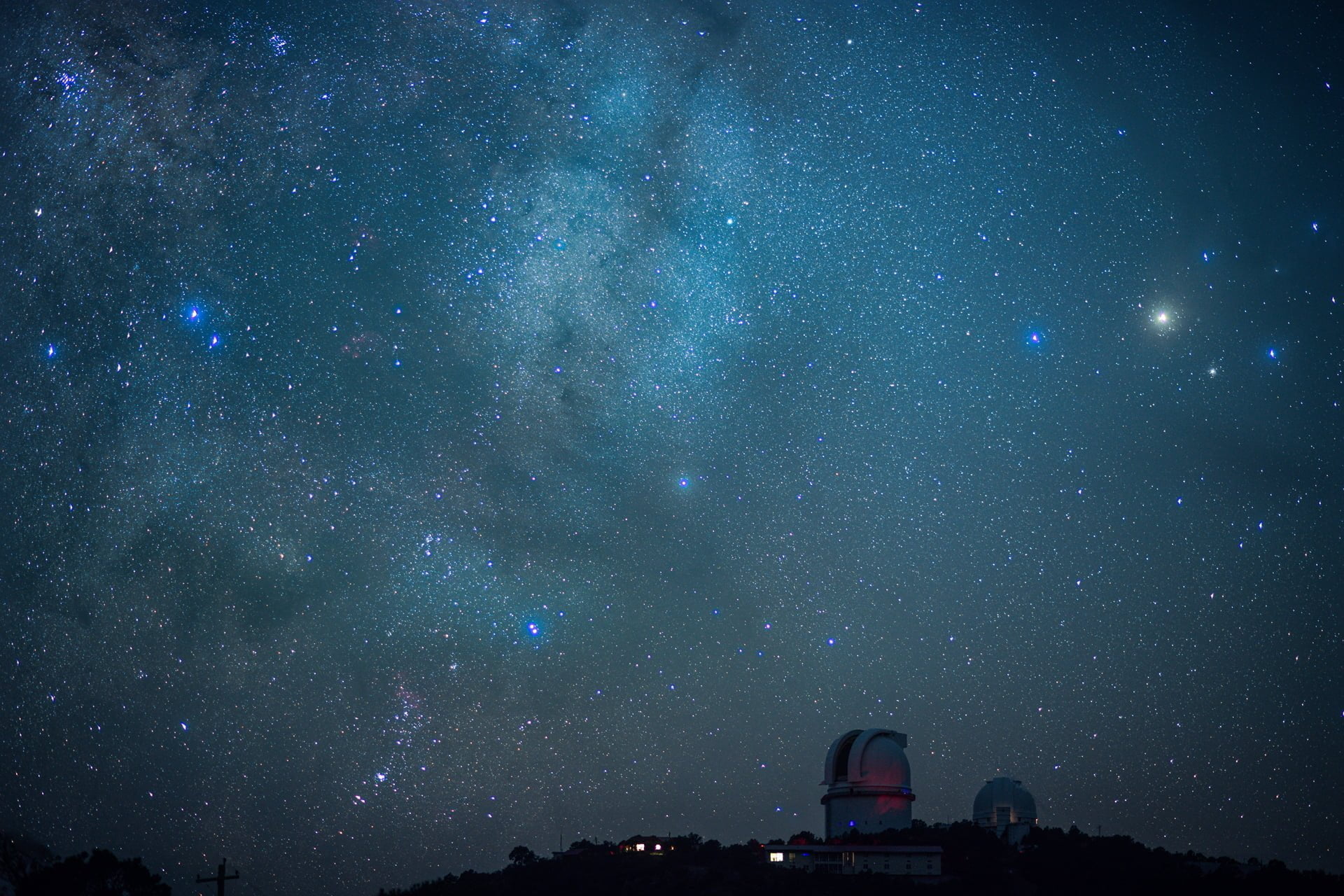We spoke to the star and director of The Dead Don’t Hurt about his lifelong love of nature, and the power of planting trees.
If Viggo Mortensen’s character in his western romance The Dead Don’t Hurt has a love language, it’s trees.
The film, Mortensen’s second as writer, director, actor and music composer, tells the tragic story of a couple brought together in the melting pot of 19th century America and torn apart by the Civil War.
Imagine5 finds Mortensen on a rooftop in Copenhagen, wearing a Biden-Harris T-shirt (“because the alternative is absolutely unacceptable”). First we tackle the question of whether The Dead Don’t Hurt is a western. It certainly looks like one, although its refusal to devote a single frame to the war that rages off-screen, instead keeping the focus on home life, feels like a quiet subversion of the genre. “For me it is [a western], completely,” says Mortensen. “Classic western. It just happens to have a relatively ordinary woman as the main character, which is unusual.”
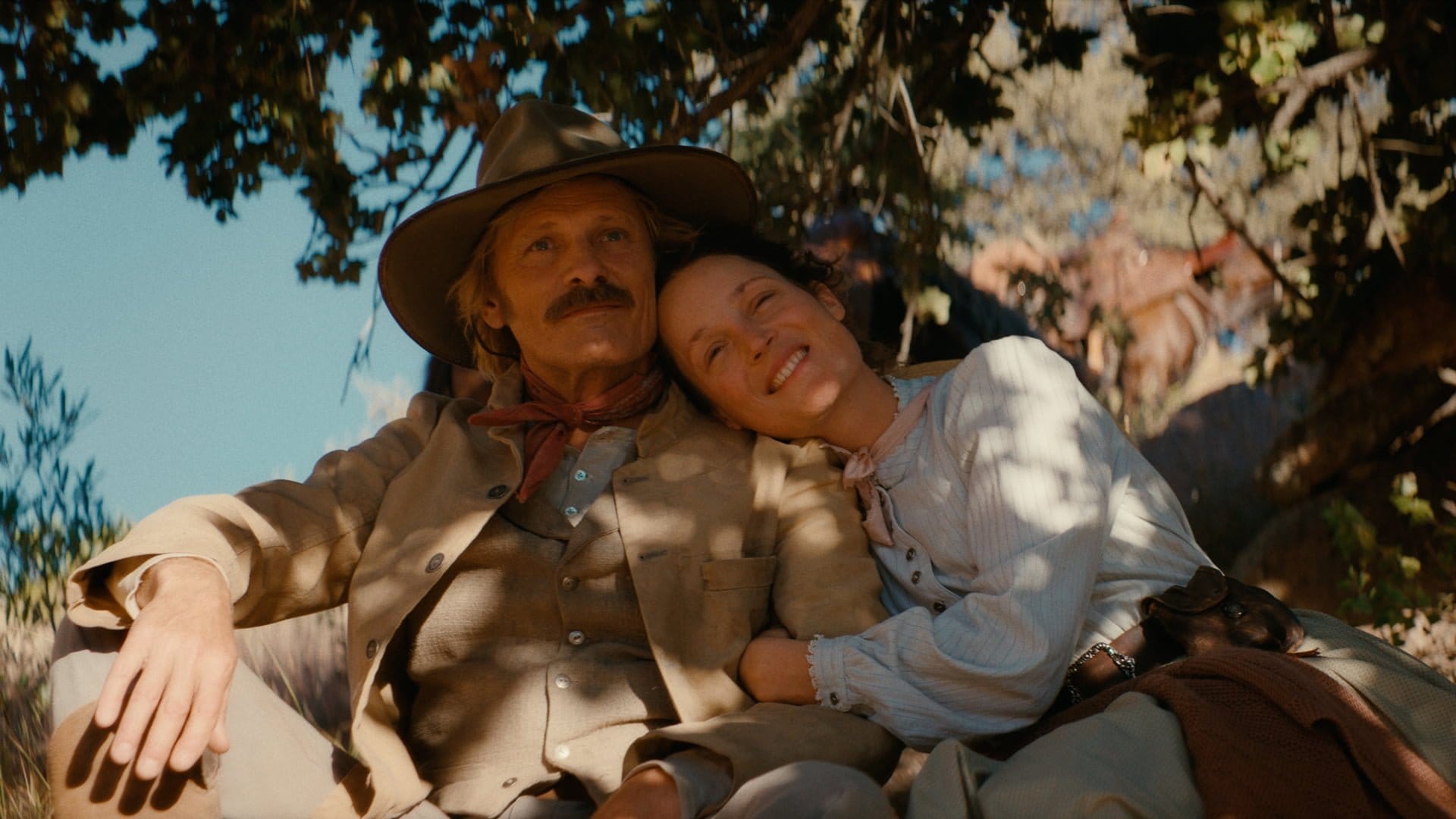
It’s also a personal story for Mortensen. The courageous, self-sufficient woman at its center, played with a mix of childlike playfulness and world-weary impatience by Vicky Krieps, is inspired by his own mother. But she also represents the countless women who were “sort of unsung architects of society from that time”, and whose stories simply haven’t been told. The dialogue, spoken in imperfect, accented English (with sprinklings of Danish and French) by the two leads, adds to the sense that we’re seeing something familiar with fresh eyes.
The call of the wild
The wild natural landscape of North America is another of the movie’s stars – and that’s personal too, Mortensen says. “Part of my childhood, I grew up in the countryside, my father was also from the countryside… and he’d like to go to wild places and he took us often to them,” he says. The story plays out mainly amid the rocks and dust of Nevada (shot in Durango, Mexico), while flashbacks take us to the northern forests. As the film’s tone darkens and violence and corruption take their toll, nature provides pools to dive into, oceans to contemplate and wolves to howl back at.
“I’m happy when I’m out in a forest,” says Mortensen. Now 65, he has felt that way since before he can remember. When he was a baby, “my parents woke up one morning and the crib was empty and the front door was open, and I had literally crawled out in diapers. And it took them an hour or a couple of hours to find me. Our dog, a black labrador named Tessie, found me sitting in the woods under a tree.

“In high school I would take off and ride my bicycle way out of town, I’d take a sleeping bag and go sleep outside, and ride to school in the morning. My mom said, why are you doing that? I said, it’s nice out there. I like being out there. It wasn’t because I wasn’t happy at home. I just wanted a little adventure, you know?”
His movie career has certainly provided that. The anarchic 2016 comedy drama Captain Fantastic took him deep into the woods, as a dad raising a brood of kids off-grid. When it came to preparing the set, it was he who made sure the family had a realistic kitchen garden. “I said, I have all these plants started anyway, I can bring them. So I brought them, in my truck from northern Idaho where I was at the time. I just put them in pots and I filled the entire back of the truck. And when I got there early and put in that garden, it was really fun. The actual process of doing it, being around plants and trees or animals, I find has a calming influence on anyone.”
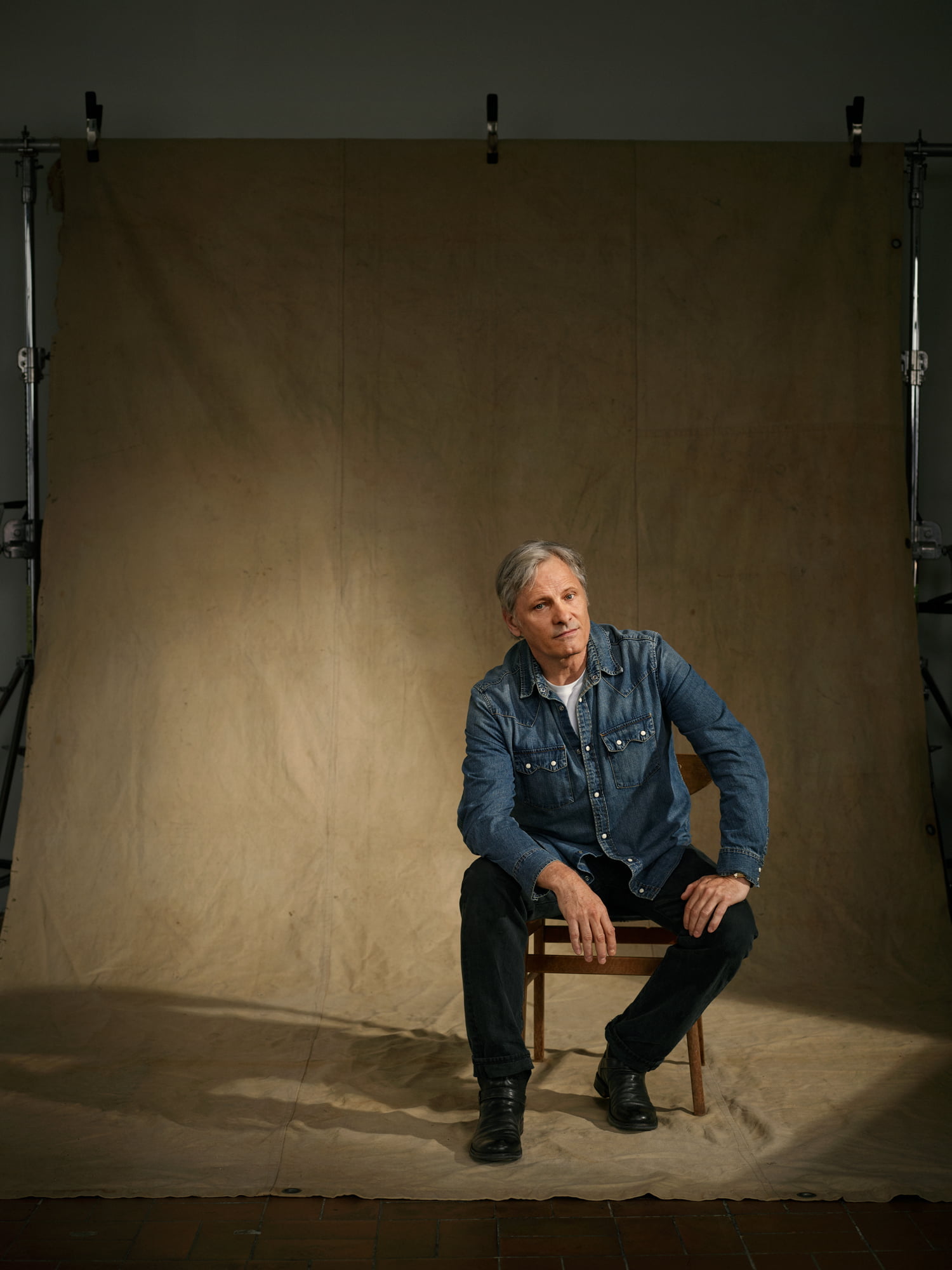
With The Dead Don’t Hurt, Viggo Mortensen has used the western genre to tell a different type of story. Photo: Ken Hermann
What we leave behind
If you’ve seen a few of Viggo Mortensen’s films, you’ve probably seen him play a tough father figure doing his best to look out for a kid in circumstances he can’t control. He has played twists on that role in Captain Fantastic, The Road and Falling, and once again in The Dead Don’t Hurt. He nods as I ask him whether he feels this preoccupation with what we inherit from the generations before us, and what we pass on, also feeds his lifelong love of nurturing nature. “I do,” Mortensen says. “I’ve always liked being around plants and trees, I’ve always planted them, anywhere that I spend a little time in. The trees we plant, and the landscapes we nurture and protect for wildlife to enjoy and feel safe in, and to prevent soil erosion, is our gift to future generations. Even in cities we can take part in creating a greener, healthier environment – either by growing plants and trees or contributing financially to those that do. But there is nothing like getting your hands dirty and being physically part of the process of preparing the soil, planting, and nurturing new plant life.”
His character in the movie, a taciturn Danish immigrant, takes a minute to learn that planting seeds can be a loving gift. In a key scene, he brings Vicky Krieps’ character to their new home, which she immediately derides as sad and barren. “No trees!” she cries, in reply to which Mortensen’s character gestures limply to the trees far up the mountainside. But he gets the message, and as their relationship blooms, so does the garden, to the point that it feels like “a character” in itself.
Today’s city dwellers can easily fall into this same habit of forgetting the value of nature when it’s not there, Mortensen believes, so we always experience it as a “pleasant surprise”. We need it more than we think. “It’s not only more attractive,” he says. “In the summer months in cities, the more trees you have, the better it is for everyone, for the air temperature, it’s not just an aesthetic thing, it’s actually a practical thing for the planet, for the city, for the place you’re living in.”
“I’m looking to be in stories that challenge me”
Viggo Mortensen
Stories that matter
Mortensen’s biggest box office success of recent years has been 2018’s Oscar winner Green Book, where he played a driver accompanying a Black classical pianist around the Deep South in the 1960s. That film was made possible by Participant Media, which financed films highlighting social issues, and was behind numerous hits. But this spring brought news of Participant’s closure. What now for that type of impact-driven storytelling?
“I think those kinds of stories matter,” Mortensen says. “When somebody recognizes me on the street, they want to talk about Green Book as often as they do, say, The Lord of the Rings – that’s a gauge of how popular that is. It’s always going to be important, that kind of storytelling, bearing witness to injustice and shining a light on those who are ignored or overlooked. I think in some sense The Dead Don’t Hurt does that, without making it an obvious political, ideological statement. Just by virtue of telling a story about an ordinary woman in a western, you’re already doing that to some degree. I think those stories, when they’re well told, have a real impact.
“I’m looking to be in stories that challenge me, that teach me something. I try to find those stories, or hope they find me.” Or, he adds, “write them myself”.
- The Dead Don’t Hurt is in movie theaters now. Watch the trailer below
About Imagine5
We are storytellers inspiring you to live a planet-friendly life. Through our stories we shift perspectives and help you see that sustainable change is already underway. Sparking imagination that leads to action, creating a shift to sustainable behaviour as the norm. It’s happening.
Read moreMOVIES
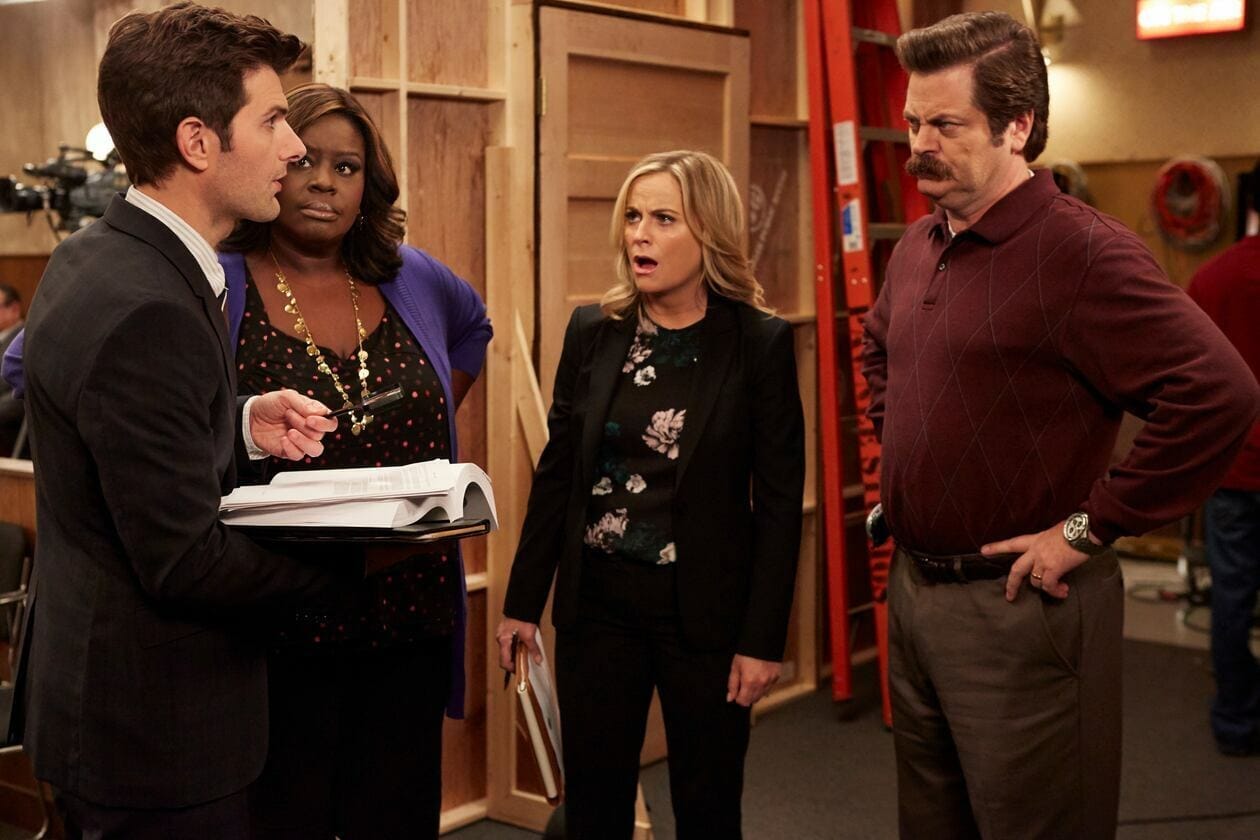
LET’S NURTURE NATURE

My return to the Great Barrier Reef
